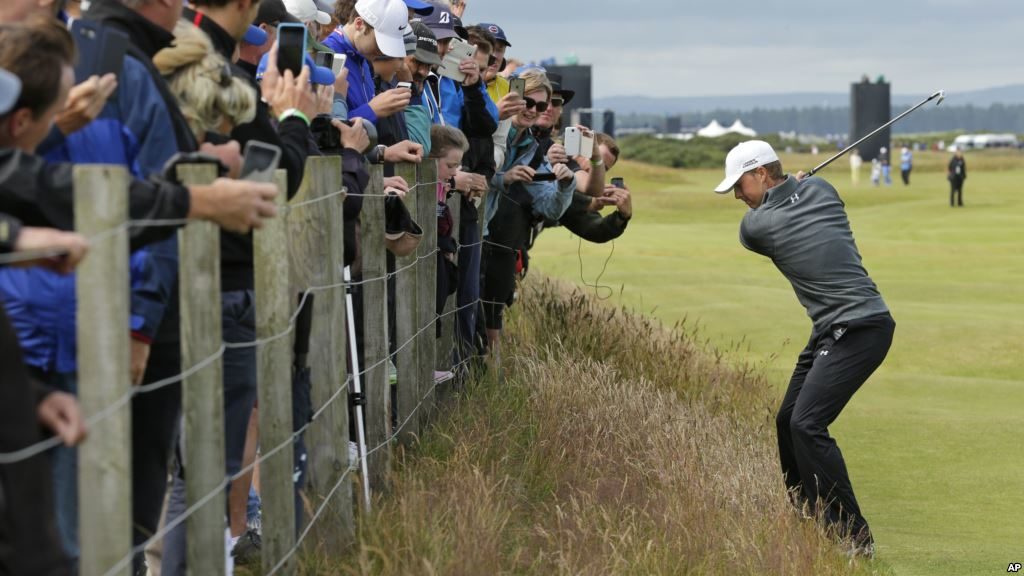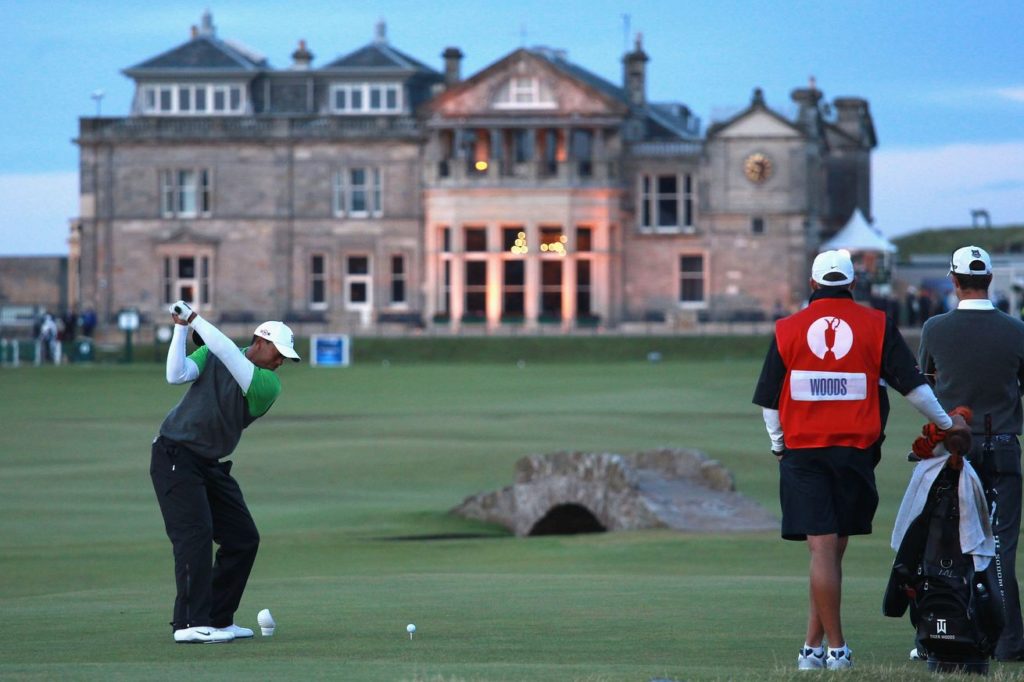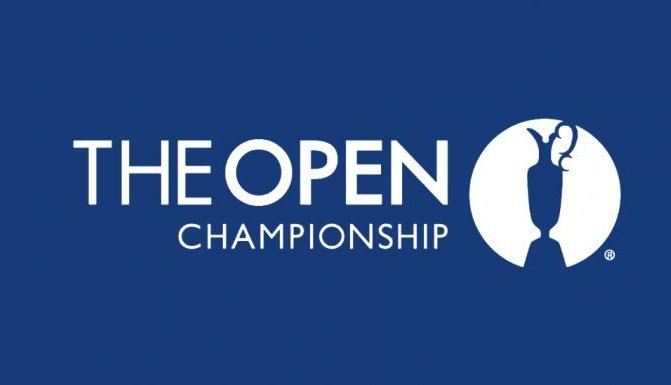The British Open and the PGA Championship have shared a common bond over the years as far as prestige and champions are concerned. Each has its own traditions that have been imprinted on their championship, forging their own particular history.
The Open Championship, as the British is now referred, is the oldest championship tournament in golf. This year’s match at Royal Troon will mark the 145th renewal, while in August; professional golfers from around the world will clash for the 98th PGA Championship at Baltusrol Golf Club in Springfield, New Jersey.
Both of these championships are known for their unique trophies, as well the contrast between them. The Claret Jug, first awarded in 1873 to Tom Kidd, replaced the Moroccan leather Champions Belt. There was a rule at the time that should a player win the belt three consecutive times, he could keep the belt. Young Tom Morris did indeed win the Open Championship three consecutive times, and refused to return the belt. He also won in 1872, and was given a medal. When the jug was presented to Kidd, Young Tom’s name was already engraved on it.
In 1916, the legendary Walter Hagen and 34 fellow professionals founded the PGA of America. Later that year, Rodman Wanamaker, a wealthy retailer who saw some marketing opportunities with the professional golfers, donated a trophy, and the first PGA Championship was held at Siwanoy CC in Bronxville, New York. The trophy itself is the biggest in all of golf, while the Claret Jug is among the smallest. The two prove that prestige comes in all sizes.
Starting in the 1920s, American professional golfers regularly sailed across the Atlantic Ocean to compete in the British Open. Hagen became the first American to win the Open Championship, in 1922. It would be his first of four Claret Jugs. Proving that he was truly the dominant player of his era, “the Haig” also won five Wanamaker Trophies in a six-year period beginning in 1921, which included a 22-match winning streak.
Such a streak is even more formidable given that the PGA Championship was a grueling Match Play tournament that required tremendous endurance for the 36-hole per day schedule. Historically, golfers haven’t excelled at both types of golf, and no one compares with Hagen’s combined record in these two events
The two tournaments coincided nicely until World War II, when the Open Championship went on hiatus for five years. It appeared that the 1920s and ‘30s would be the high-water mark for the championship. During that time Bobby Jones, the great amateur from Atlanta, was a three-time winner including 1930 when he won what is considered the Grand Slam of golf. He added the US and British Amateur championships as well as the US Open. Of course, as a life-long amateur, Jones never played in the PGA Championship.
The Open Championship seemed to have lost its allure to the American professional golfers. The PGA Tour had increased its schedule, and it didn’t make much sense to take three full weeks off the Tour to play in one championship, especially since passage to and from Great Britain was a week each way by passenger ship. Because of the grueling format of the PGA Championship, the Open gained a great champion. In 1953, Ben Hogan was still recovering from a tragic car accident, and felt the extra strain of two matches a day more than he could handle. Instead, Hogan sailed across the Atlantic and won at Carnoustie, earning the Scots’ admiration for a lifetime, as well as the nickname “The Wee Ice Mon.”

In their stead, other players were emerging. Australian Peter Thomson won three in a row in 1954, ‘55 and ’56, and would eventually win five. South African Bobby Locke won four, and broke Thomson’s streak in 1957.
Meanwhile, the PGA Championship was moving along, producing popular champion after popular champion. Yet, it always seemed to take a back seat to the US Open as the biggest tournament in the country.
The PGA made a major decision in 1958, when it changed the format to 72-hole stroke play. Dow Finsterwald, Jr., the runner-up in 1957, won the first stroke play PGA Championship, at Llanerch CC in Havertown, Pennsylvania. To attest to the tremendous difference between stroke and match play, no golfer ever won the PGA Championship in both formats.
In the 1960s, both tournaments switched roles. When Arnold Palmer flew to Scotland and won in 1961 and 1962, the golf world took notice, and players found the time to travel and compete in the oldest golf championship in the world.
Meanwhile, the PGA Championship was treading water until Jack Nicklaus created the Majors in 1969. On Tuesday of the Masters week, Nicklaus was filling some reporters’ notebooks by explaining how he drew up his schedule. He told them that the “major” focus of his schedule was the Masters, the US Open, the British Open and the PGA Championship. The next day in newspapers around the world, it was proclaimed that there were “Majors.”
Nicklaus backed up his philosophy by winning the PGA Championship five times, with the last being, ironically, at Oak Hill CC in Rochester, NY—Hagen’s hometown. He also won the Open Championship three times, and was runner-up seven times.
New life was infused into the PGA Championship, and fantastic finishes helped spur the event’s reputation. Bob Tway, ripping the Wanamaker out of Greg Norman’s hands when he blasted a bunker shot into the cup on the 72nd hole at Inverness CC was one, and Paul Azinger closing with a final round 30 at Inverness to catch Norman and go on to win on the second playoff hole was another.

Meanwhile, the Open Championship was growing by leaps and bounds as well. Tom Watson joined J. H. Taylor, James Braid and Thomson as five-time winners. The question remains if Tiger Woods, with two Claret Jugs, can catch Harry Vardon, with six.
Beginning this week, the stage will be set for players “across the pond” to return once again to the oldest tournament in golf, follow next month by the coveted PGA Championship. Among these tournaments, legends will continue to play for not only a Claret Jug, but a chance to be among the legends on the course and watching from above.









Comments